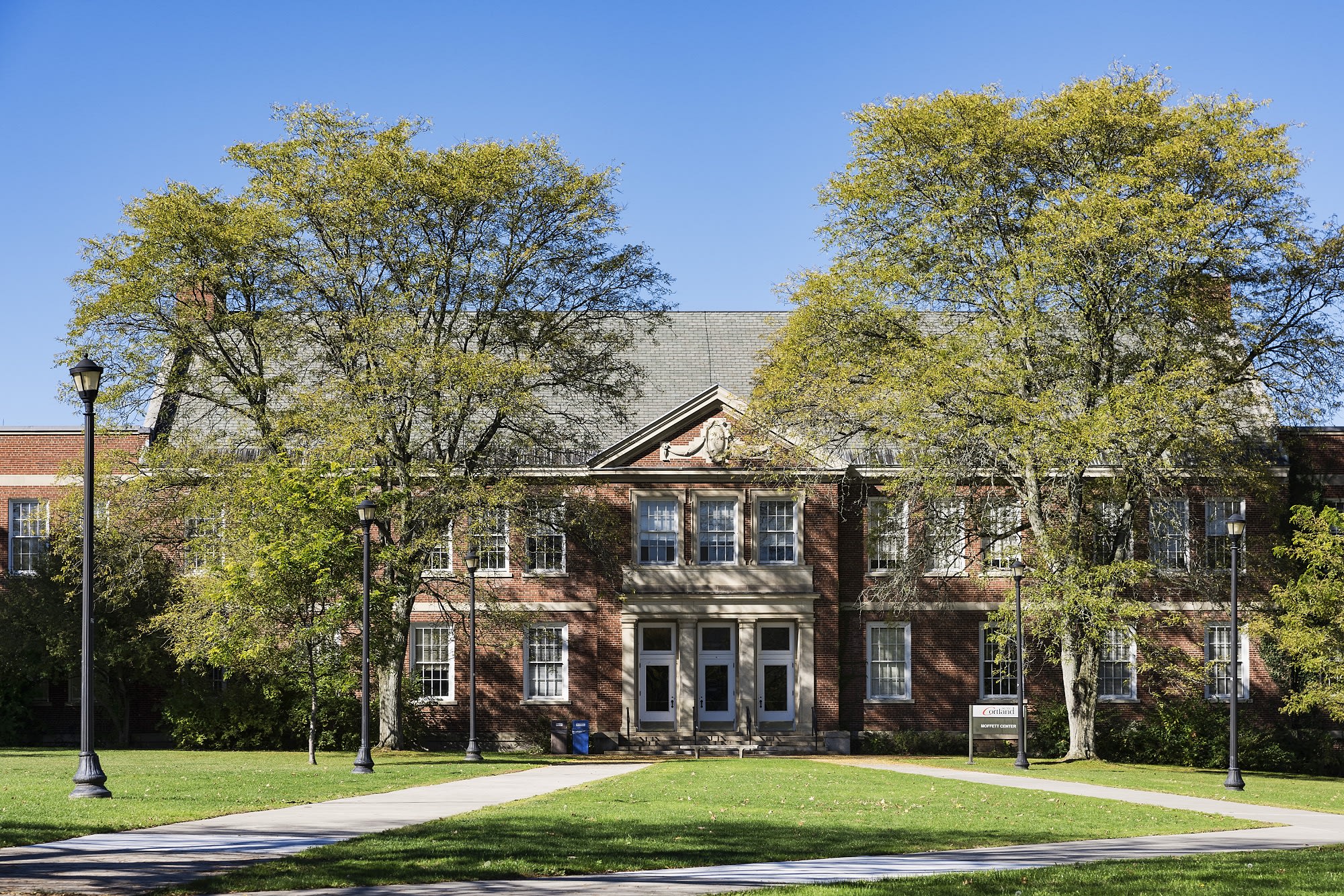
If picking a college comes down to the financial bottom line, then an in-state pubic school is often the best deal.
“In-state tuition is half to two-thirds lower than out-of-state,” said Mark Kantrowitz, author of “How to Appeal for More College Financial Aid.”
Since the start of the pandemic, students and their families are increasingly wary of the cost of a degree and hefty student loan debt that often goes along with it. That makes public college look even more attractive.
Tuition and fees plus room and board for in-state students at four-year public colleges averaged $27,330 in the 2021-22 school year; for out-of-state students, it was $44,150, according to the College Board. In comparison, students at four-year private college pay $55,800, on average, although when factoring in other expenses, the total tab can be more than $70,000 a year.
At the State University of New York, for example, in-state students pay just $7,000 for tuition, or roughly $23,350 a year including room and board and other fees.
“This is not the same as $75,000,” said Nancy Zimpher, a senior fellow at the National Association of System Heads and the former chancellor of the State University of New York. “Our costs are high, not exorbitant.”
New York’s Excelsior Scholarship also covers four years of tuition for families that meet certain income thresholds. “When you talk about the cost of college and lump everything in there, it’s not a level playing field,” Zimpher said.
More from Personal Finance:
Is college really worth it?
College enrollment continues to slide
What to be wary of before taking on private student loans
However, moving in order to establish residency for in-state tuition is a particularly high bar.
“The reason why states subsidize college tuition is because state residents pay taxes,” Kantrowitz said. “You don’t want someone to move to the state for lower-cost tuition and then leave.”
Although each state has different requirements for determining whether a student can qualify to pay the reduced rate for residents, in most cases families must have a permanent home and have lived and worked there for at least a year.
You may also need to have a local driver’s license, filed tax returns and be registered to vote in the state.
Independent students must further prove that they do not receive financial support from their parents or guardians and have lived and worked in that state on their own for at least a year before enrolling in college.
“The standard of evidence that most of the schools use is clear and convincing,” Kantrowitz said. “They want to see a lot of evidence that you are a state resident and no evidence to the contrary.”
There is also another way.
The U.S. Department of Education awards about $120 billion every year to help students pay for higher education. And beyond federal aid, students could also be eligible for financial assistance from their state or college.
Yet fewer students are filling out the Free Application for Federal Student Aid, or FAFSA, which serves as the gateway to all federal money, including loans, work-study and grants. Most say it’s because they didn’t think they would qualify, studies show.
In total, the high school Class of 2021 left an estimated $3.75 billion in Pell Grants on the table by not completing the FAFSA, according to a recent report from the National College Attainment Network.
“Never cross an expensive school off of your list of consideration based on sticker price alone,” said Robert Franek, The Princeton Review’s editor-in-chief. “Many of those schools are giving out substantial scholarships — this is free money.”
At some private colleges, the average scholarship award is just over $50,000, The Princeton Review found, which brings the total out-of-pocket cost down to less than $20,000.
When it comes to offering aid, private schools typically have more money to spend, Franek added.
“The truth is, it could end up being less expensive than public college.”




